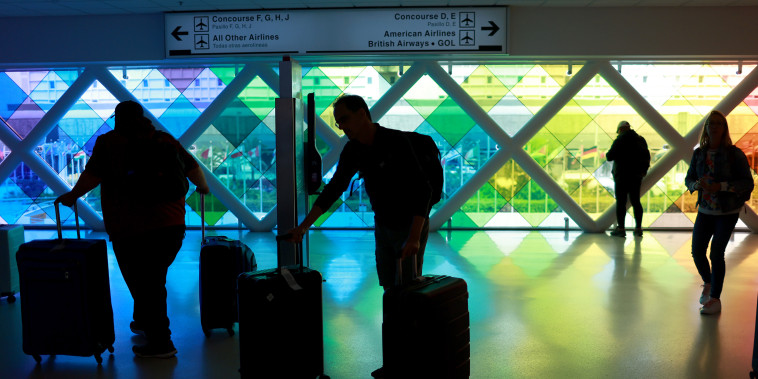Air Travel Demand is Breaking Records, but Airline Profits are Not
The aviation industry has been grappling with a unique challenge in recent years. Despite experiencing record-breaking demands for air travel, many airlines have failed to convert this surge into substantial profits. This discrepancy poses a perplexing puzzle, as one would naturally assume that increased demand would translate into higher revenues for the airlines. Consequently, industry experts have been left pondering the underlying causes behind this issue and seeking potential solutions to restore balance to the sector.
One of the key factors contributing to the disparity between air travel demand and airline profits is the fierce competition within the industry. With an ever-growing number of airlines vying for passengers, the market has become oversaturated, leading to price wars that erode profit margins. Low-cost carriers have further intensified this competition by offering budget-friendly fares that may not always cover the full cost of operations. Consequently, legacy airlines have struggled to remain profitable amidst this pricing pressure, despite experiencing high passenger volumes.
Moreover, the rising costs of fuel and other operational expenses have placed additional strain on airline finances. Fluctuating oil prices have a significant impact on airlines, as fuel constitutes a substantial portion of their operating costs. In an industry where profit margins are already slim, any increase in fuel prices can quickly eat into revenues. Additionally, investments in updating fleets, implementing new technologies, and adhering to stringent safety regulations further escalate operational costs for airlines, placing them under financial duress.
Furthermore, the unpredictable nature of global events, such as natural disasters, geopolitical tensions, and pandemics, has exacerbated the challenges faced by airlines. The COVID-19 pandemic, in particular, dealt a severe blow to the aviation industry, grounding flights worldwide and plunging airlines into financial turmoil. The recovery from such catastrophic events is slow and arduous, as airlines must navigate a myriad of uncertainties while striving to restore consumer confidence and profitability.
To address the issue of declining profits despite high air travel demand, airlines must adopt strategic measures to enhance their financial stability. This may involve exploring innovative revenue streams, such as ancillary services and partnerships, to diversify income sources and offset operating costs. Additionally, airlines should focus on optimizing their operational efficiency, streamlining processes, and embracing sustainable practices to reduce expenses and improve profitability.
Collaboration with industry stakeholders, regulatory bodies, and government agencies is also essential in overcoming the challenges faced by airlines. By working together to address systemic issues, such as taxation, infrastructure development, and environmental sustainability, the aviation industry can create a more conducive operating environment that fosters growth and profitability for all stakeholders.
In conclusion, the discrepancy between air travel demand and airline profits underscores the complex dynamics at play within the aviation industry. By understanding the root causes behind this imbalance and implementing proactive strategies to address them, airlines can navigate the challenges posed by competition, rising costs, and global uncertainties to achieve sustainable profitability in the long run. Only by embracing innovation, collaboration, and resilience can airlines successfully leverage the surging demand for air travel to propel their businesses to new heights.

